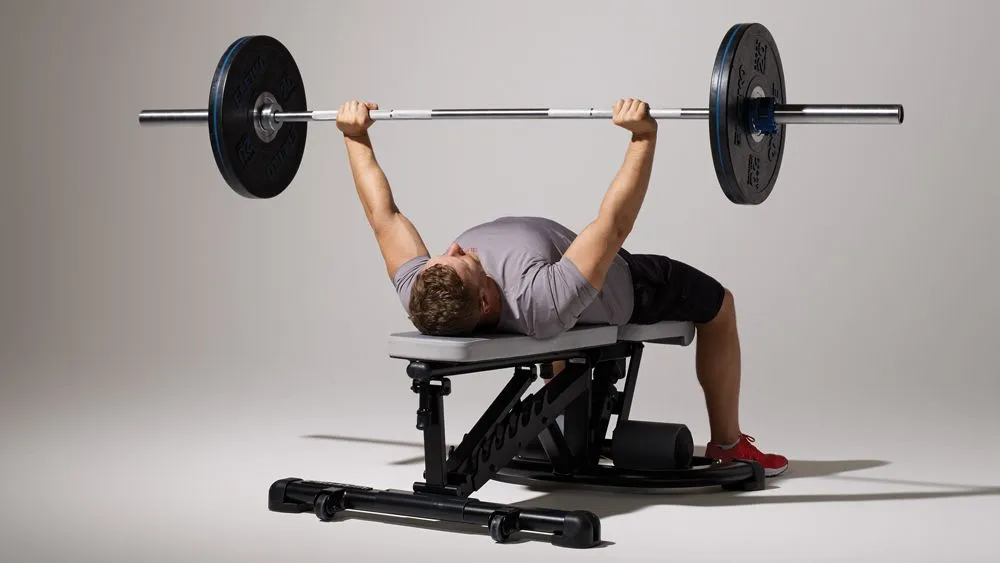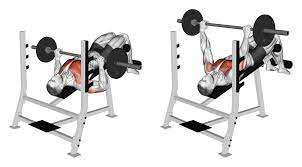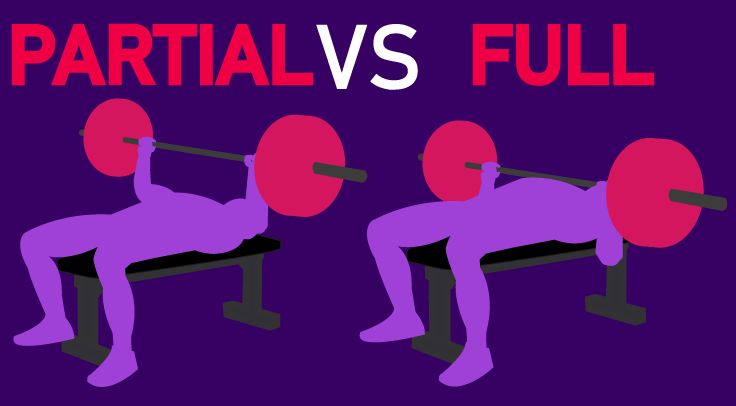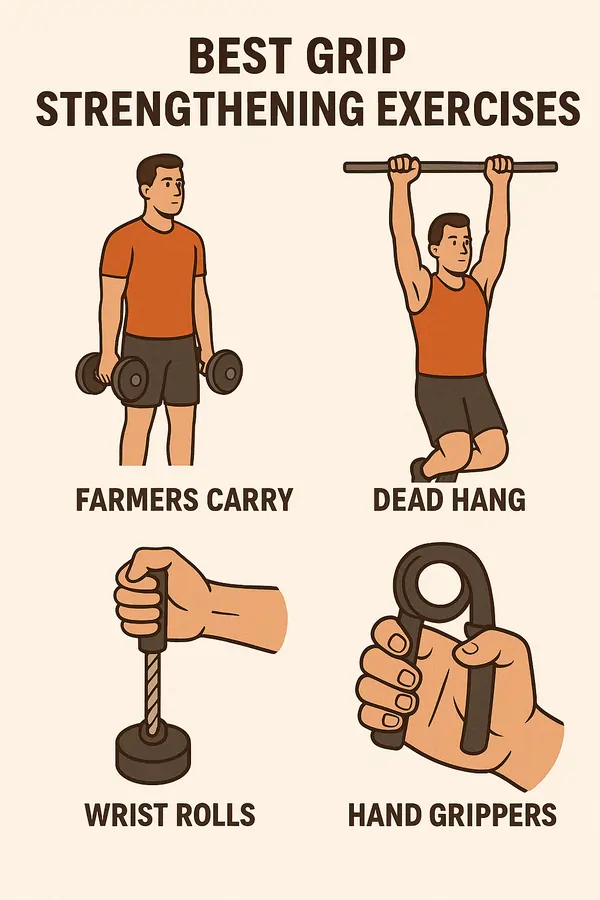Bench Press Exercise
What is a Bench Press?
The bench press is a fundamental strength-training exercise that primarily targets the chest muscles, along with the shoulders and triceps. It’s a staple in many workout routines due to its effectiveness in building upper body strength and muscle mass.
The workout consists of lying on a bench and lifting weights with a barbell or a set of dumbbells. In a bench press, you extend your arms and press upward while lowering the weight to your chest. Bench presses come in many combinations to target different muscle areas. These may change how you lie flat, at an angle or descent, or by moving your hands closer together on the barbell.
Muscles worked by a bench press
Bench presses can target the following muscles, however the precise variety you employ may somewhat change the muscles worked.
- Pectoralis major
- Anterior deltoid
- Triceps brachii
- Biceps brachii
- Serratus anterior
Advantages of a Bench Press :
- The bench press is a strenuous exercise that targets the triceps brachii of the upper arm, the anterior deltoids of the shoulder, and the pectoralis major of the chest.
- The bench press targeted certain muscles, grips, and motion patterns.
- It increases strength and promotes muscular development (hypertrophy). Muscle growth is not just desirable among bodybuilders, but it also benefits everyone because muscle mass normally falls with age. The bench press is an effective workout that improves your ability to do daily chores that require pushing or hauling.
- This exercise can aid in the restoration of muscular mass in athletes who predominantly use pulling muscles.
- Rock climbers, swimmers, and wrestlers all gain from this.
What effect do different bench press techniques have on muscle function?
Each bench press trains a slightly different muscle area. According to variants, include:
- Traditional bench press. This exercise is performed lying down on a flat bench while pushing a barbell up and down at chest height. It controls the pectoral muscles, shoulders, and arms.
- Incline bench press. The bench should be inclined upward between 50 and 60 degrees for this reason, which will cause you to stoop a little.
- Decline bench press. Lower the seat so that if you fall, your feet are higher than your head. It activates the lower chest muscles and shoulders.
- Narrow grip bench press. This method keeps your hands closer together on the barbell. It controls the triceps and forearms.
It is not required to do all of these variants in the same workout. Overexposing a muscle group can cause injury. That is especially true if you are working with hefty loads.
If you enjoy variety, choose two or more versions of each workout. Try to give yourself one or two rest days to allow muscles to recuperate before switching between the other type
Here we describe different bench press techniques:
Traditional flat bench press

Equipment required:
A flat bench is required, along with barbells or dumbbells (additional weights optional).
- Lie back on a flat bench. The barbell should be positioned exactly above the shoulders.
- Avoid arching your back.
- If you’re using dumbbells or barbells, gradually elevate them off the rack.
- Stop falling when your elbows are just below the bench.
- Complete 8 to 10 repetitions while swinging the weight you used. Complete up to 2-3 sets.
Narrow grip bench press
Equipment required: Barbell (extra weights are optional) and flat bench
- To do a normal bench press, follow the methods indicated above, but maintain your hands shoulder-width apart the entire time.
Incline bench press

Equipment required:
Two dumbbells or barbells, an incline bench tilted between 50 and 60 degrees.
- Place your feet flat on the ground and lean back slightly so that your back rests on the bench in a neutral posture.
- To begin, set a barbell or dumbbell directly over your shoulders.
- Push the weight up above your eyes or a little higher, elbows extended to 40 degrees.
- Breathe in and slowly and steadily drop dumbbells or barbells until they contact or reach just above the chest, elbows, and wrists, remaining out to the sides.
- Repeat the press for 5 or more repetitions. Keep in mind that reps are dependent on your objectives and weight. A person using greater weights may perform fewer repetitions than someone using lesser weights.
Decline chest press
Equipment required: Bench bent down at 15 to 20 degrees, dumbbells or barbell.

- Slowly lie down on the decline bench, with your back firmly planted on the bench and your leg elevated over your head. Put your feet in the supplied stirrups.
- Keep a spotter nearby to assist you in lifting the barbell off the rack or, if using dumbbells, holding them. Keep the weight precisely above the shoulders, with arms slightly broader than shoulder height.
- Repeat the press for 5 repetitions or more. Remember that the number of repetitions you do is determined by your weight and goals. Higher weights may allow for fewer repetitions than lesser weights.
Partial Bench Press

- If you have any problems with shoulder joint stability, do not reduce the weight so far that the majority of the arms fall below parallel.
- While you may not benefit from the complete range of motion, this adjustment reduces stress on the shoulder region.
Include bench presses into your routine:
- If you love adding bench presses to your weightlifting practice, keep your usage to 2-3 times per week.
- Your wellness goals dictate how many repetitions you do per session. If you’re dealing with larger weights, 3 to 5 repetitions of each set may be plenty. A lifter looking to increase strength may perform 4 to 6 sets, but someone looking to improve athletic endurance may do 2 to 3 sets.
- Spend another day working on your legs and shoulders with squats, lunges, and overhead lifts to get full-body exercise. Include cardiovascular exercises such as cycling, swimming, and running in your weekly program as well.
- Pursuing this sort of diversified exercise ensures that you train your entire body. This form of weekly training also allows for rest days to allow various muscles to recuperate.
- Full-body workouts can also be more beneficial than spot training, which involves repeatedly performing the same movement to try to build up a muscle. Remember that your body quickly adapts to exercise, therefore it’s crucial to vary your activities to keep your body challenged.
Common Mistakes
Avoid these frequent blunders to make your bench press safe and effective.
Move the Bar Over the Mouth or Neck
When racking or unracking the barbell, be sure it does not get too close to your lips or neck. This implies that instead of lowering the weight over your face and neck, move the weight to and from the rack with your arms extended.
Improper Grip Width
Your grip on the barbell should generally be broad enough to keep your elbows at right angles (at the very least) and your forearms upright. You run the danger of hurting your pectorals if your grasp is too wide and your elbows are placed too far apart.
Incorrect Thumb Position
Another grip-related issue concerns the thumb location. Your hand grip should be overhand, with the thumbs beneath the barbell and over the tops of your fingers. Do not place the thumbs behind the barbell or trapped beneath the fingers.
Locking Elbows Suddenly
Contrary to popular weightlifting security recommendations, you can “lock out” your elbows when performing a bench press. The key to making this action properly is to avoid locking the elbow’s release abruptly or violently.
Pushing Head Into Bench
Do not press. Your neck muscles will deteriorate throughout the exercise, though, if you press your head against the bench.
Arching Back and Lifting Buttocks
During the press, your buttocks should be flat against the bench. Do not mimic the power-lifter’s technique of arching your back so far that your buttocks rise off the bench. If you perform, this might cause low back discomfort.
Safety and Precautions
- If you have any shoulder joint injuries, you should avoid this workout.
- If you have shoulder soreness during the bench press, switch weights and stop the exercise immediately.
- Beginners might benefit from warming up, being conscious of the bar, and learning appropriate techniques by completing presses without weight on the bar. If you are more experienced, bench pressing a big weight with the assistance of a spotter is recommended.
- It’s also a good idea to utilize a power rack when pressing heavy loads. The bars on either side of this type of rack are set at chest height. In this manner, the bars prevent the barbell from crushing your chest if your lift fails.
- Begin by doing three sets of ten reps with an unweighted barbell. Once you can complete this exercise safely and correctly, begin adding weight.
- Don’t add extra weight.
FAQs
What muscles does bench press work?
A bench press targets your pectorals, shoulder muscles, and arm muscles. The pectoralis major muscle originates in the sternum (breastbone), ribs, and clavicle (collarbone) and connects to the upper arm bone (humerus).
Is bench press a good exercise?
The bench press is an excellent back workout since it works practically every muscle in the upper body to some extent. This exercise targets the triceps, deltoid shoulder, pectoral chest, and latissimus dorsi back muscles.
What are the benefits of bench press?
Bench pressing improves upper-body strength.
Predictor of Upper Body Strength.
Pec Major has more volume.
Greater strength Minor Pec.
Anterior Serratus tears apart.
iron-made delts.
Triceps power increased.
Bone health is now better.
Is it good to bench press Daily?
Yes, you may bench press every day if your goal is to improve technique, break through a plateau, or temporarily put the activity above other workouts. It is not recommended that lifters bench press every day if they are prone to illness or are unable to work regularly seven days per week. advisable for lifters to bench press every day if they are prone to sicknesses or are unable to exercise consistently seven days a week.
Does bench press reduce chest fat?
Continuous bench presses are not recommended for reducing chest fat. While exercises focused just on the chest are unlikely to result in a noticeable boost in metabolism, bench presses can help you develop larger pec muscles.
Which is better pushups or bench press?
Bench presses and push-ups both work the chest. Bench presses need using weights (a barbell or dumbbell), but push-ups don’t require any additional equipment or effort. The bench press is often regarded as the finest exercise for chest expansion since it makes use of an external weight.
Why is the bench press difficult?
Bench pressing problems are caused by a number of factors, such as weak shoulders, triceps, and chest muscles. Inadequate or inaccurate formatting might also be the cause, and it could even lead to muscle insufficiency.
References
- Tirgar, P. (2023, December 13). Bench Press Exercise – Benefits, Muscle worked, How to do? Mobile Physiotherapy Clinic. https://mobilephysiotherapyclinic.in/bench-press/Copy
- Chertoff, J. (2023, May 24). What Muscles Do Bench Presses Work? Healthline. https://www.healthline.com/health/exercise-fitness/bench-press-muscles-worked#how-to
- Rogers, P. (2021, October 1). How to Do a Bench Press: Proper Form, Variations, and Common Mistakes. Verywell Fit. https://www.verywellfit.com/how-to-do-the-bench-press-exercise-3498278






